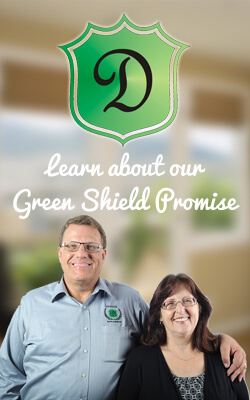Finally, it seems like we are closing in on evening swims and weekends at the lake. With a few threats of rain still spreading out across our land from time to time (thanks tropical storm Bill), our time in the sun is finally becoming forefront on our minds.
Most of us, except for our newly pink and red toned friends who didn’t plan ahead, think about sun protection for ourselves and our loved ones when we step out to soak in a few rays. These same damaging UV rays can cause fading inside our homes as well. Anywhere the sun peeks its warm, furry face into our homes, is a potential spot for UV damage. Whether it be our floors, curtains, furniture or walls, fading can happen. We know how to protect our skin (SPF-a-thousand, a hat, an umbrella and plenty of water) but what can we do to stop UV damage in our homes?
UV rays break down surfaces they come in contact with. Like our skin, these surfaces burn when they are in the sun for too long. Curtains are constantly under fire from the sun. As such, they tend to be affected first. Consider the fabric and color of your curtains. Fabrics blended with acrylic, polyester and nylon are less likely to fade. Silk and linen fabrics, though high end, will fade more quickly. Darker fabrics fade faster than lighter ones. Moving curtains back and forth will keep the sun from fading stripes into them.
Fabric-covered furniture will face the same fading issues as fabric curtains. Leather also fades in sunlight. Direct UV rays on leather will cause the natural oils in the leather to evaporate, leaving your furniture dry and brittle. To prevent drying out, clean and condition leather furniture at least once every six months.
Not to be forgotten, interior walls will fade as well. Consider each individual walls exposure to direct sunlight when choosing a color. Like fabric, lighter colors will fade less.
Carpet, wood, linoleum and vinyl flooring are all subject to the damaging assault of UV rays. Ceramic tile coloring can also fall to aggressive light rays.
While it seems nothing is spared from damaging UV rays, and there is little that can be done to stop UV light damage altogether, the damage can be managed and slowed. Opening up the windows and letting the sun into your home is natural reward for making it through the cold and rainy seasons. Being aware of sun damage by prolonged exposure will help you make choices to prevent as much damage as possible.
Lastly, replacement vinyl windows can do a lot to help protect your furniture, floors, walls and curtains from over-exposure to direct sunlight and damaging UV rays.










